Al Bahar Towers, Abu Dhabi: A Fusion of Innovation and Tradition
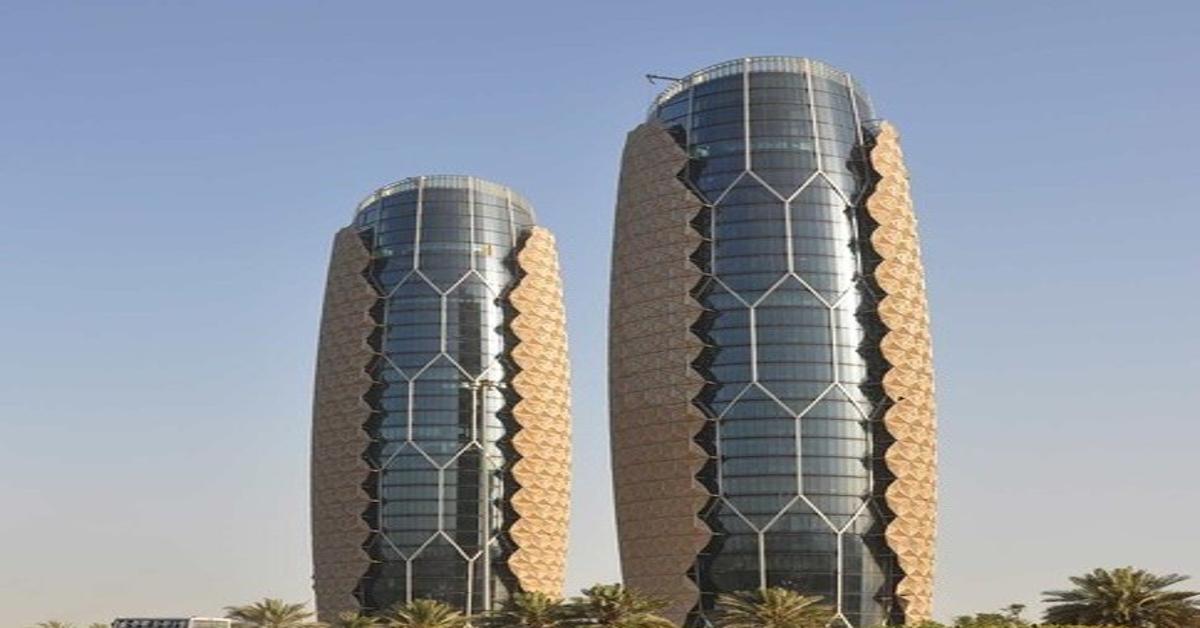
In the heart of Abu Dhabi, the capital of the United Arab Emirates, stands one of the most innovative architectural landmarks of the 21st century — Al Bahar Towers. These twin structures are not only a testament to modern engineering and sustainable design but also a successful reimagination of traditional Islamic architecture. Designed by Aedas Architects and completed in 2012, Al Bahar Towers serve as the headquarters of the Abu Dhabi Investment Council and Al Hilal Bank. With their dynamic, responsive façade system, the towers have become an icon of adaptive architecture in the Middle East.
This article provides a detailed analysis of the Al Bahar Towers, exploring their design inspiration, structural innovation, environmental efficiency, cultural relevance, and global impact on architecture. As kinetic façades gain popularity for their sustainability and technological appeal, the Al Bahar Towers stand as a pioneering model of what is possible when tradition and innovation intersect.
Article topics
Cultural and Architectural Inspiration
The design of Al Bahar Towers draws heavily from traditional Islamic architecture, particularly the mashrabiya — a wooden lattice screen historically used in Middle Eastern buildings to provide privacy and control light. Mashrabiyas are characterized by intricate geometric patterns and are commonly found in homes and palaces throughout the Arab world. They allow for ventilation while shielding interiors from the harsh sun.
By modernizing this element through advanced engineering and materials, the architects behind Al Bahar Towers managed to create a kinetic skin that pays homage to regional culture while delivering state-of-the-art performance. This fusion of the past and present is central to the identity of the towers.
Overview of the Towers
Al Bahar Towers consists of two identical 29-story high-rise buildings, each standing 145 meters tall. Together, they offer approximately 70,000 square meters of office space. The towers are cylindrical in shape and are connected by a central plaza. Each tower has a core surrounded by open-plan office spaces, promoting flexibility and collaboration.
The buildings were developed in response to the Abu Dhabi government’s mandate to create sustainable infrastructure and reduce the city’s ecological footprint. To achieve this, the designers emphasized energy efficiency, occupant comfort, and a reduced reliance on mechanical HVAC systems.
The Dynamic Façade System
The most defining feature of Al Bahar Towers is its innovative kinetic façade. This external skin is made up of more than 2,000 umbrella-like elements, each constructed with fiberglass-coated mesh panels supported by a steel framework. These elements are mounted on a steel lattice that surrounds the entire exterior of both towers.
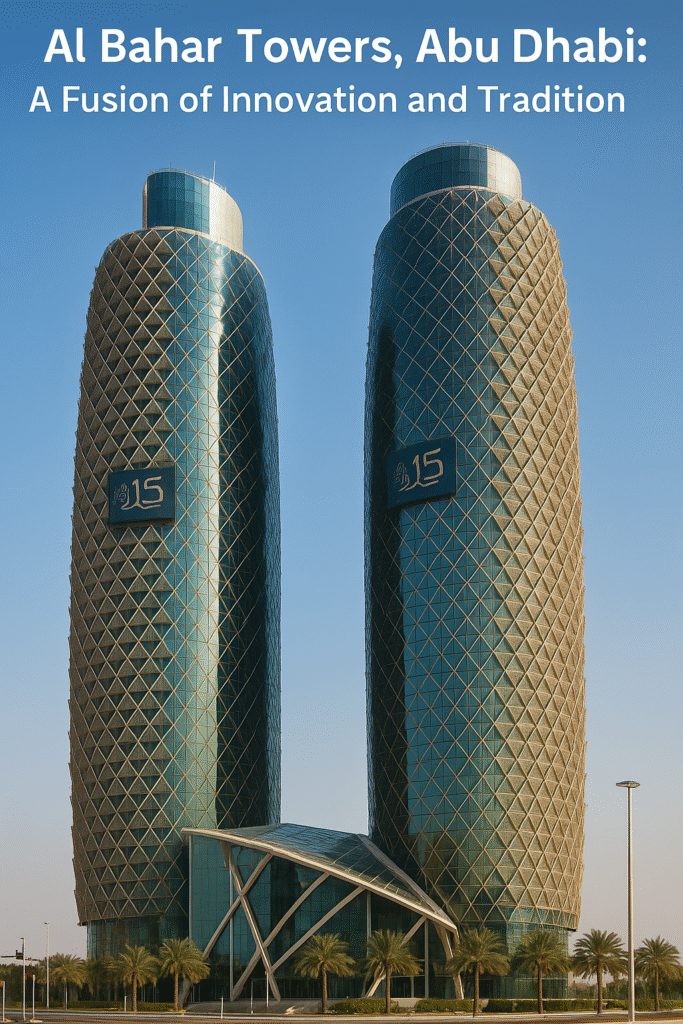
The system is automated and controlled by the building management system (BMS). Each module opens and closes in response to real-time solar data. When the sun is strongest, the modules unfold to provide shade and reduce solar gain; when sunlight is weaker or cloud cover is present, the modules retract to allow natural light to enter the building.
This responsive design reduces the building’s cooling load by approximately 50% and significantly improves energy performance. The modules operate quietly and efficiently, making the system suitable for a corporate environment. Additionally, the ever-changing façade gives the towers a dynamic appearance, continuously shifting in response to the environment.
Environmental and Sustainability Features
Sustainability is at the core of the Al Bahar Towers project. The adaptive shading system contributes to both passive and active energy-saving strategies. The towers have achieved a LEED Silver rating due to their environmental features, which include:
- Reduction in Solar Heat Gain: The kinetic mashrabiya decreases the need for artificial cooling by controlling solar penetration.
- Daylight Optimization: Automated shading ensures that daylight is maximized without glare, reducing reliance on electric lighting.
- Water Efficiency: Low-flow fixtures and water recycling systems help minimize water usage.
- Energy Monitoring: Smart meters and building analytics track energy consumption, optimizing operational efficiency.
- Material Use: Sustainable and locally sourced materials were used wherever possible to lower the building’s embodied carbon footprint.
Together, these measures have helped reduce the towers’ energy consumption by an estimated 40-50% compared to conventional buildings of a similar scale.
Structural and Technological Innovation
Creating a dynamic façade of this complexity required cutting-edge engineering and collaboration across disciplines. The façade modules are powered by actuators and motors controlled via a central algorithm. These components respond to inputs from a network of light sensors installed across the building’s surface.
Each actuator is programmed with specific movement protocols based on solar tracking. This allows the façade to function almost like a living organism — adapting its behavior minute by minute to changes in the sun’s angle, intensity, and duration.
Behind the moving screen lies a fixed glass curtain wall, which provides insulation and soundproofing. This dual-layer façade offers an effective barrier against heat while preserving visual connectivity with the exterior environment.
Awards and Recognition
Al Bahar Towers have received numerous accolades for their pioneering use of technology and sustainability. Some notable recognitions include:
- 2012 Council on Tall Buildings and Urban Habitat (CTBUH) Innovation Award
- 2013 LEAF Award for Best Sustainable Development
- World Architecture Festival Finalist
- Architizer A+ Award for Facade Design
These awards reflect the towers’ significance not just in the UAE but across the global architectural community.
Public and Critical Reception
Critics and the public alike have lauded Al Bahar Towers for their ability to merge beauty and performance. The ever-changing façade creates a kinetic sculpture that continually evolves throughout the day, drawing the attention of passersby and photographers.
From an architectural perspective, the towers offer a blueprint for future urban structures in hot climates. They demonstrate how buildings can be both energy-efficient and culturally expressive, without compromising on modern functionality or aesthetics.
Influence on Global Architecture
The success of Al Bahar Towers has inspired similar projects around the world. Architects and urban planners now look to the towers as a case study in climate-responsive design. The principles developed in the project — such as kinetic façades, adaptive shading, and culturally integrated design — are now being implemented in new buildings in Asia, Africa, and the Americas.
For example, the Mashrabiya-inspired façades have appeared in buildings such as:
- The King Abdullah Petroleum Studies and Research Center in Riyadh
- The Doha Tower in Qatar, which also uses patterned screens for shading
- The National Library of Kazakhstan, with a façade system responsive to snow and sunlight
This ripple effect underscores the towers’ role as a global benchmark for sustainable design in extreme climates.
Challenges and Maintenance
Despite its many advantages, a kinetic façade also presents certain challenges. Maintenance is a key concern, especially in environments where dust and sand can affect mechanical systems. Regular inspection and servicing of actuators, sensors, and control systems are necessary to ensure consistent performance.
Additionally, the upfront cost of installing a dynamic façade is significantly higher than traditional building envelopes. However, these costs are offset over time through energy savings, reduced HVAC usage, and enhanced occupant comfort.
Conclusion
Al Bahar Towers are a remarkable blend of culture, technology, and environmental responsibility. They demonstrate how architectural innovation can address local climate challenges while respecting cultural identity. Through their adaptive façade, the towers have set a precedent for future developments in hot climates where energy consumption and occupant comfort are major concerns.
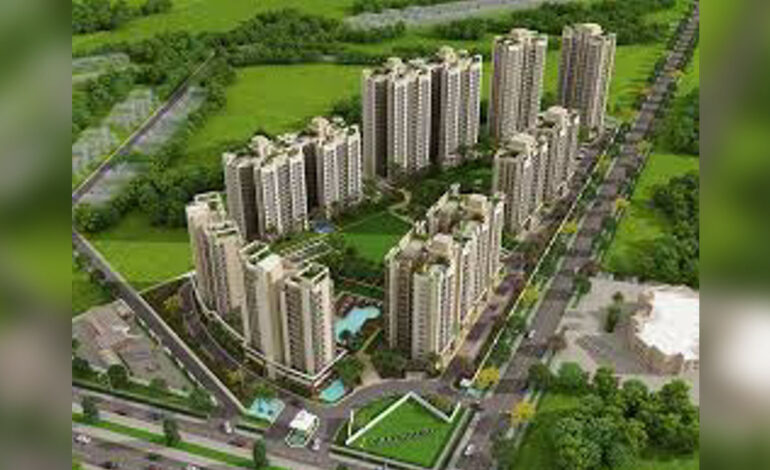
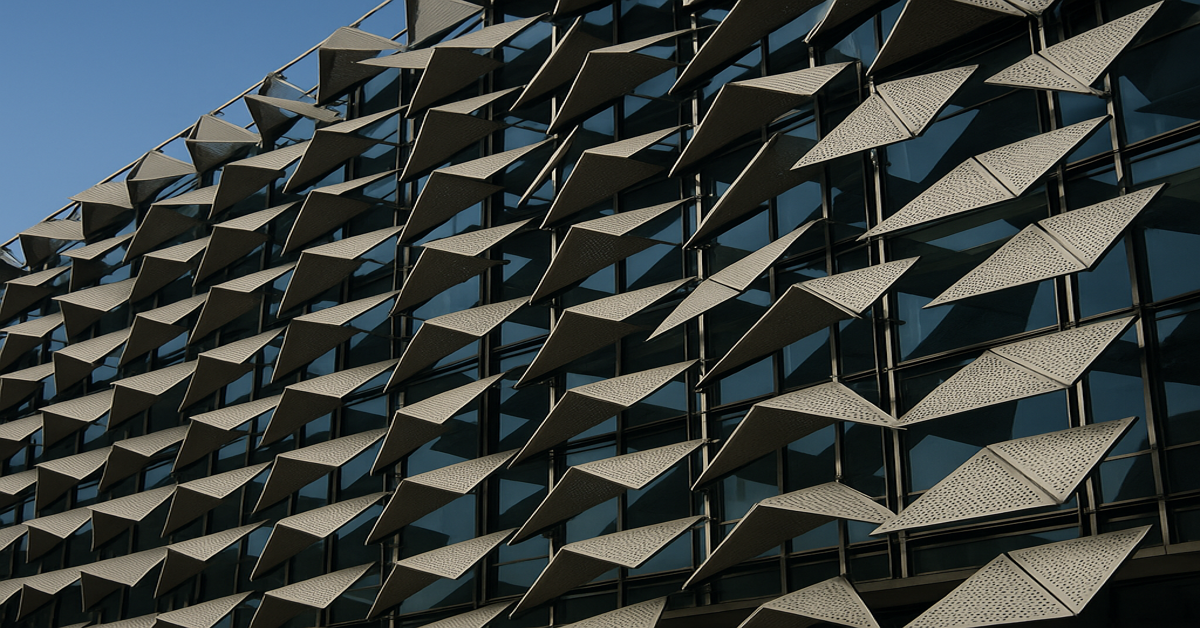
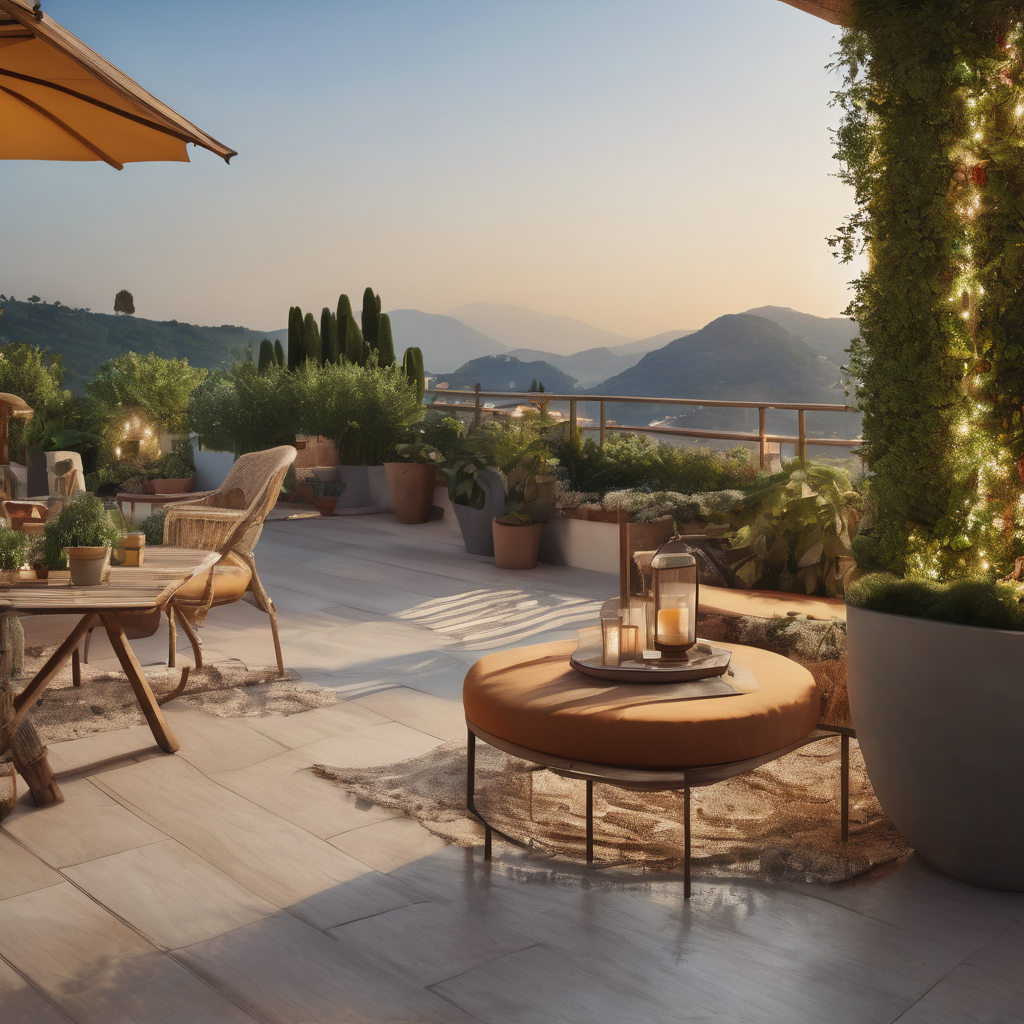


1 Comment
[…] Al Bahar Towers, Abu Dhabi: A Fusion of Innovation and Tradition 13 June 2025 0 Comments […]